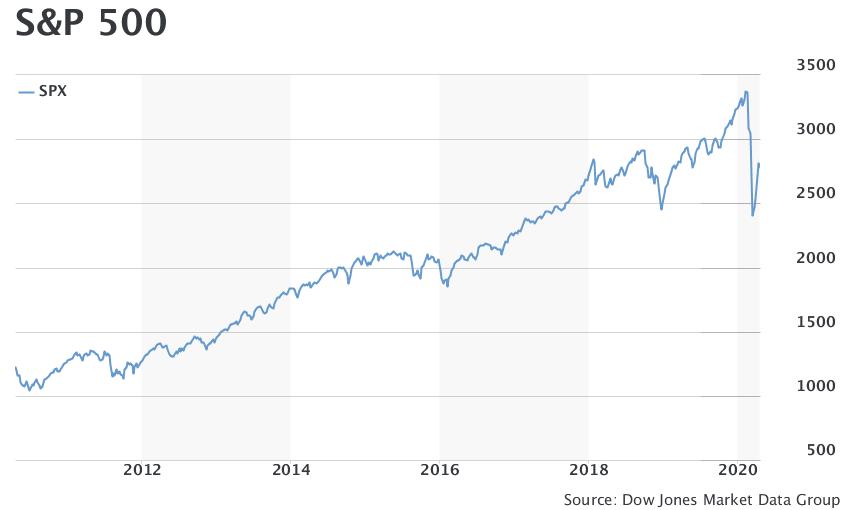When it comes to the stock market it’s true that “present gain is no indication of future outcome”. In fact, this is true about any market in a capitalist society. Markets are driven by a number of variables that cause peaks and troughs. In the equities market, this becomes visible in the way a stock gains or loses value over time. In more recent times, investors have been forced to pay closer attention to their portfolios as the coronavirus pandemic variables impact trends which have held strong for more than a decade, imposing a paradigm shift in some cases.
At the start of the pandemic, for example, many restaurant stocks took a nosedive as the industry started to experience an unprecedented occurrence where customers were restricted from visiting dining halls, hitting sales hard. To this day, only the restaurants which have managed to pivot and innovate are staying afloat. Aside from these covid circumstances which are forcing investors to take a second look at the composition of their portfolios, macro-economic variables have also caused more volatility in the market.
Interest rate hikes and inflation are two economic factors that have weighed heavily on stocks. Put simply, interest rates refer to the cost you pay for using someone else’s money. Therefore, if the rate goes up, borrowing becomes more expensive while if the rate is lower, borrowing becomes cheaper. This usually has a direct impact on stock prices and earnings which explains why the stock market is usually quicker to respond to interest rate changes. Currently, interest rates are trending upward. This has no doubt impacted investors with portfolios that concentrate on stocks outside of the financial sector which is usually the only sector insulated from the effect of interest rate hikes. This has meant that stock picking is more important than ever. With projections showing that rate hikes could continue at least for the near term, investors are encouraged to pay closer attention when analyzing a company’s growth potential and its ability to withstand higher rates and shocks.
Like interest rates, inflationary conditions cause volatility and tends to impact stock returns. You may find for example that dividend paying stock prices decline and value stocks perform better when there’s inflation. This volatility has notably increased lately as the coronavirus pandemic push inflation to levels last seen during the financial crisis. As input prices increase, consumer goods are becoming more expensive and consumers are buying less which inevitably impacts company sales. This is undeniably bad news for investors that have a stake in companies like these. With that said, it shouldn’t be taken for granted that buying into a traditionally “good stock” will result in easy profit. Investors must now consider the company’s ability to deal with supply challenges which will affect input cost and consumers’ ability to afford the product by extension.
But interest rate hikes and inflation aren’t the only factors forcing investors to become more vigilant in how they buy, hold, or sell. Unemployment, politics, environmental chaos related to climate change, and economic growth are among a few other factors contributing to the paradigm shift. Investors must now apply more scrutiny and effort when making decisions on where to put their money bearing in mind that “Yesterday’s market is not today’s market”.

